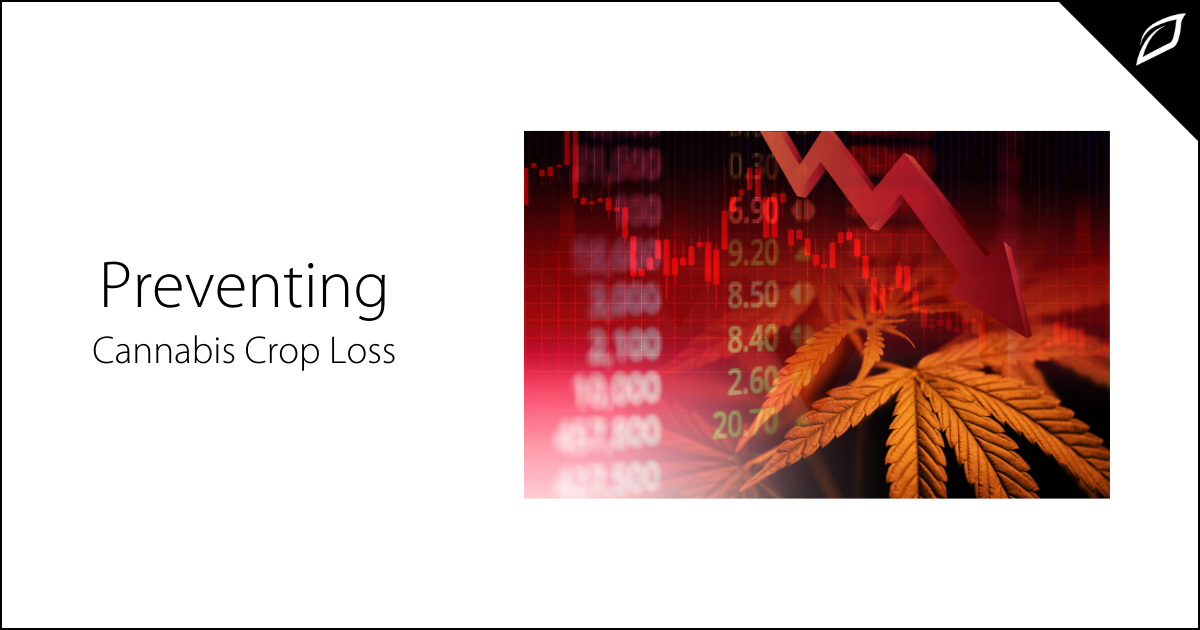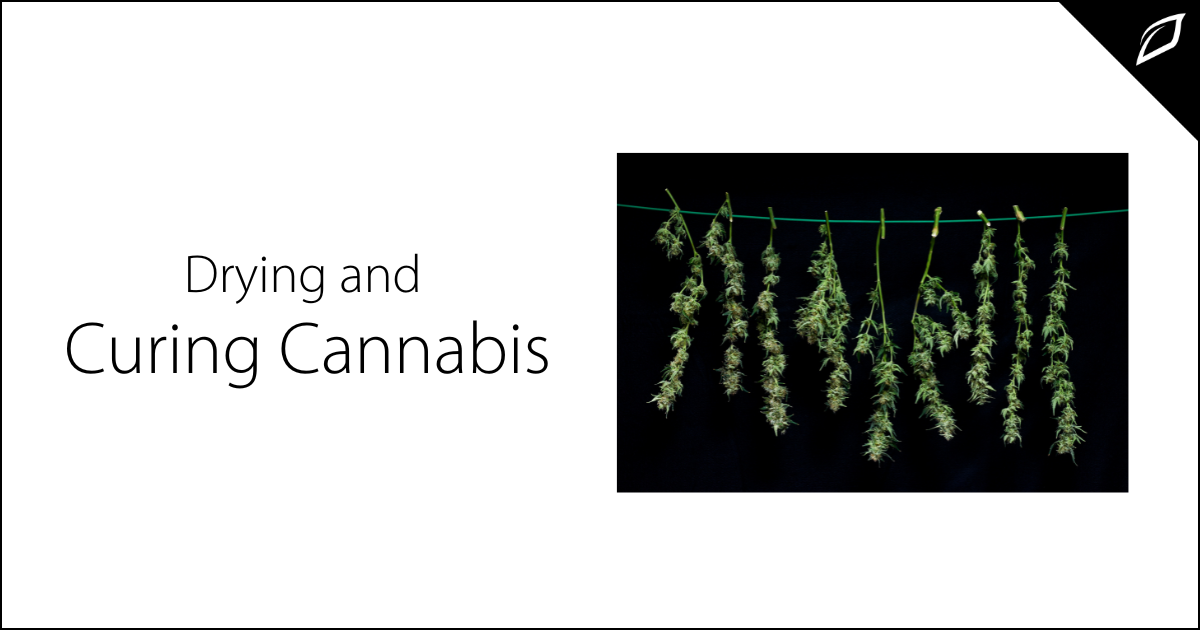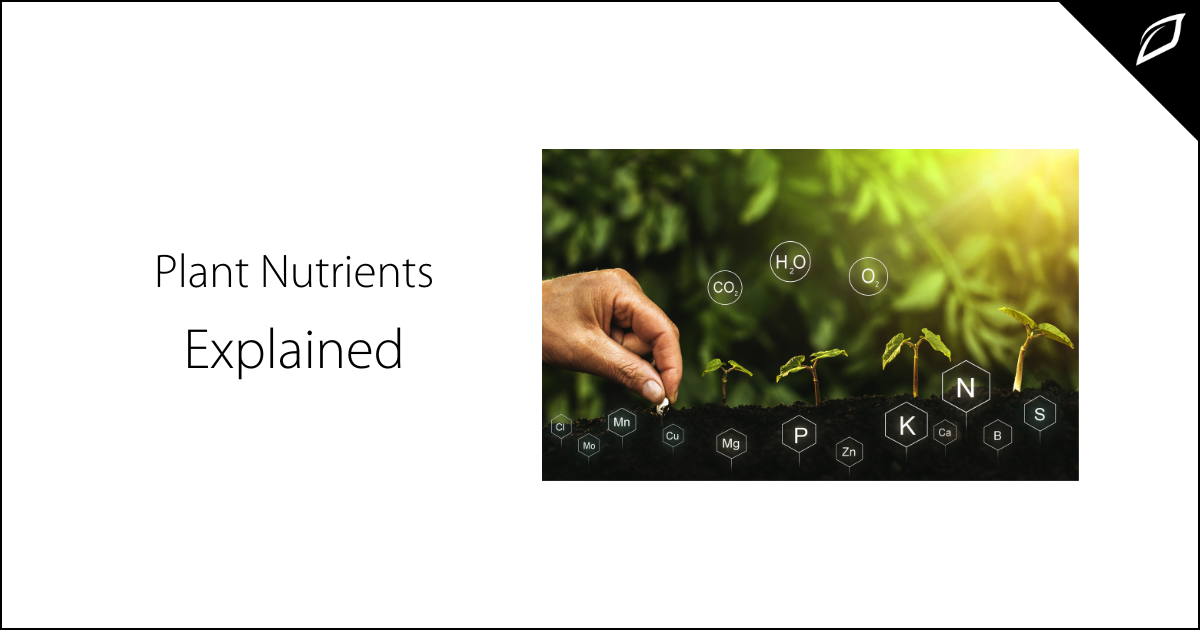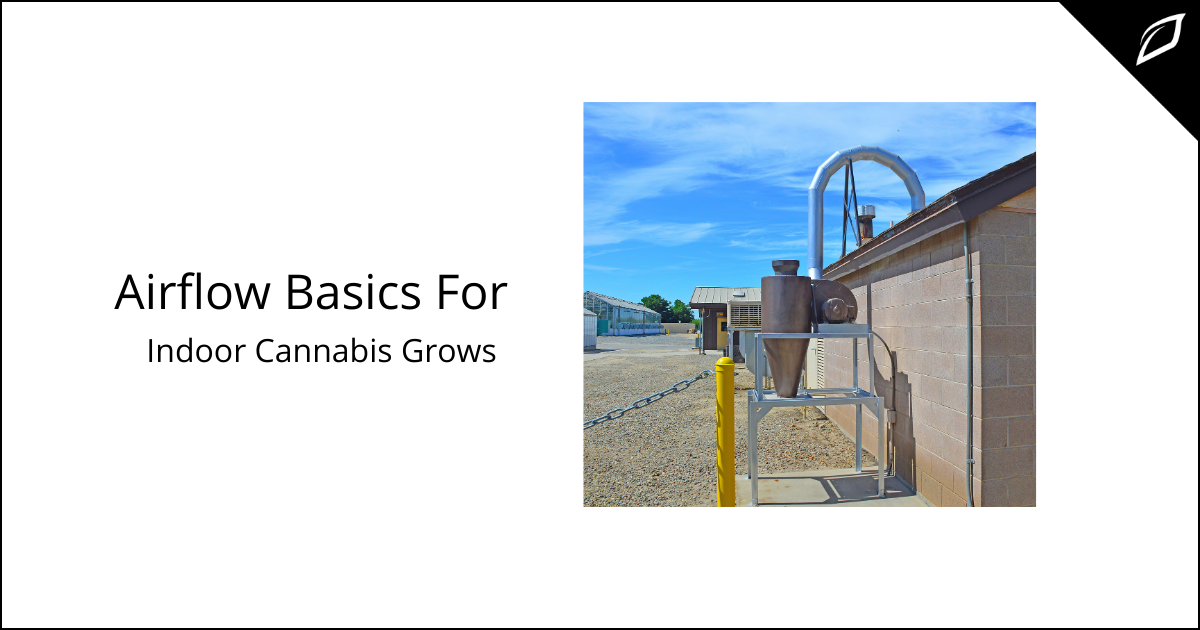Drying and Curing Cannabis
Curing is the final process of producing high-quality cannabis. Often overlooked, it is vital to ensuringyour cannabis reaches its maximum potency...
2 min read
Joy King : Nov 5, 2021 6:00:00 AM

Crop loss for any agriculture endeavor is devastating, but the crop loss for cannabis businesses is incredibly frustrating due to its high market value. Because of the inherent risk, cultivators must examine their operating systems, design, and controlled environment equipment. Let's look at ways to mitigate the risk of crop loss.
Failing Crops = Profit Loss
For greenhouse or indoor cannabis operations, crop loss typically occurs when growers don't control the environment properly. Environmental issues can create pest and pathogen issues, further deteriorating crop quality.
Most cannabis cultivars monitor crop quality very closely. Designing and building these facilities can take more than a year. Reaching the first harvest is essential for businesses to recoup investments. Innovative growers maintain the ideal environmental conditions necessary for thriving plants to produce optimal quality and maximize profits.
The decisions made by leaders during the design and planning stage will have lasting effects on the operation's success. Equally crucial to design are hiring the right master grower and staff and choosing the right CEA (Controlled Environment Agriculture) system. For this blog, we'll focus on controlled environment systems.
Planning For Success
Knowing and understanding your target productivity is critical to your success. Predicting your harvest allows you to plan financials, new hires, purchasing, and adjust budgets.
When productivity goes down, your team works more hours to accomplish the same or lower yields, increasing costs. Optimize your systems and methods to support streamlined processes with:
Once you're ready to move plants in, pay constant attention to the plant environment. It helps to make adjustments long before the crop is affected.
For example, monitor fan settings at different times in the crop cycle. In many greenhouses or indoor farming operations, the size and shape of the canopy are pretty dynamic, leading to various airflow patterns at different crop heights. Measure airflow, monitor data, and correct microclimates with distributed climate sensors during the first few cycles.
Utilize Big Data
To minimize crop deterioration and avoid crop loss, create benchmarks with data collected at the crop level. Sensors constantly monitor crop level conditions and provide real-time feedback on everything from C02, humidity, VPD, air temp, and VWC.
Now that you have data, you can analyze it to support your production goals. Sophisticated systems have built-in AI to assist you in reaching the maximum quality and yield possible in your grow operation.
Final thoughts
The cannabis market constantly evolves, and stiff competition requires getting the most out of your environmental control equipment. These systems are complex and require knowledgeable experienced installers. They can also be expensive, so choose wisely and pick a trusted brand with 24/7 support to keep you growing all year.


Curing is the final process of producing high-quality cannabis. Often overlooked, it is vital to ensuringyour cannabis reaches its maximum potency...

While most nutrient manufacturers already go through the legwork of mixing properly balanced nutrient blends for your plants, it is important to...

Indoor plants require lighting, water, nutrients, humidity, and air circulation. Proper airflow is a crucial component in growing healthy, vigorous...